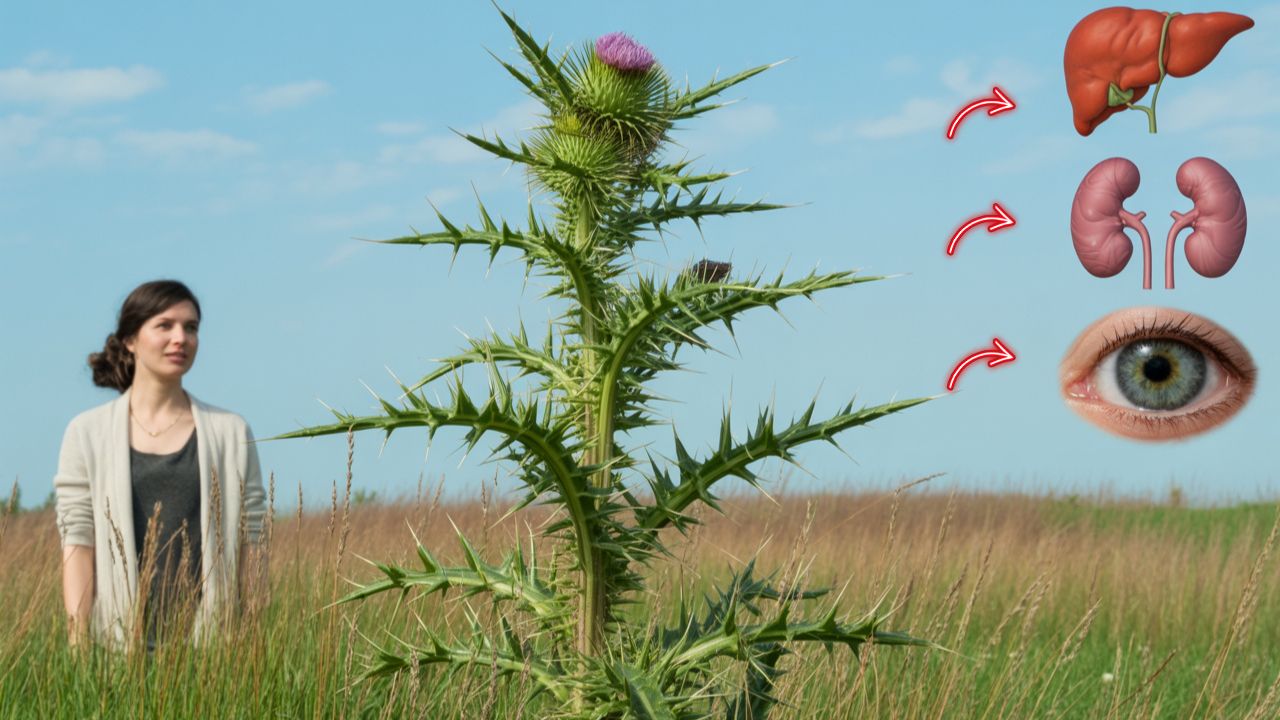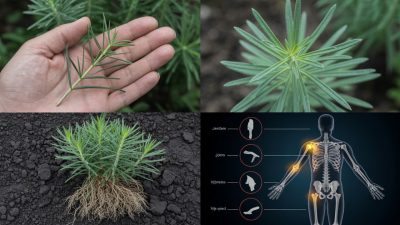Nature’s Wild Healer in Disguise
Prickly lettuce (Lactuca serriola), often dismissed as just another roadside weed, is actually a plant with a powerful legacy of medicinal use. Found commonly in Europe, North America, and Asia, this spiny plant resembles common lettuce but offers much more than salad potential. Traditional healers have long tapped into its natural properties for pain relief, sleep aid, and even respiratory health.
What is Prickly Lettuce?
A Close Relative of Garden Lettuce
Prickly lettuce is a wild species related to the lettuce we eat in our salads. It’s characterized by jagged leaves with small spines along the midrib and stem. When the plant is cut, it releases a white milky sap called lactucarium, often referred to as “lettuce opium” due to its sedative properties.
Despite its wild nature, prickly lettuce has a rich medicinal history in herbal medicine, especially in ancient Greek, Roman, and Native American practices.
Pain Relief and Sedative Effects
Natural Analgesic and Sleep Aid
One of the most well-known benefits of prickly lettuce is its ability to relieve pain and promote relaxation. The milky sap contains compounds such as lactucin and lactucopicrin, which are believed to have sedative and analgesic properties.

Historically, people have used it as a natural remedy for:
- Headaches and Migraines
- Joint and Muscle Pain
- Menstrual Cramps
- Insomnia
These calming effects make it a gentle alternative to synthetic painkillers or sleep medications. It is often consumed in the form of teas, tinctures, or dried capsules.
Respiratory Support
Relieving Coughs and Asthma Naturally
Prickly lettuce also shines when it comes to respiratory issues. Herbalists have traditionally used it to calm dry, irritating coughs and ease symptoms of asthma or bronchitis. Its antispasmodic action helps relax the bronchial passages, making it easier to breathe.
A simple tea made from dried prickly lettuce leaves is often used to soothe the throat and lungs. The herb’s gentle action makes it a preferred choice for those who want relief without the drowsiness caused by some over-the-counter medications.
Natural Antioxidant and Anti-inflammatory
Protecting the Body from Within
Recent studies suggest that prickly lettuce also carries antioxidant and anti-inflammatory properties. These benefits are essential in fighting free radicals, reducing cellular damage, and lowering the risk of chronic conditions such as:
- Arthritis
- Heart disease
- Diabetes
The active compounds in prickly lettuce help modulate the body’s inflammatory response and promote overall health and wellness. This makes it more than just a pain reliever—it’s also a plant that supports long-term vitality.
Practical Uses in Everyday Life
From Herbal Tea to Topical Relief
You can use prickly lettuce in various forms depending on your need:
- Herbal Tea – Made from the dried leaves or sap, perfect for anxiety or sleep issues.
- Tincture or Extract – More concentrated form, ideal for pain relief.
- Capsules – Convenient for daily supplementation.
- Poultice – Crushed leaves can be applied to bruises or inflamed joints for topical relief.
Some herbalists also prepare prickly lettuce oil, which can be massaged onto the body for muscle tension and relaxation.
Caution and Considerations
Use Wisely, Respect Nature
While prickly lettuce offers a lot of benefits, it should be used responsibly. In large doses, the plant can cause nausea or dizziness. Pregnant or breastfeeding women should avoid it due to lack of sufficient research.
Also, foragers should be careful to correctly identify the plant and avoid areas that might be contaminated with pesticides or pollution. Consulting a qualified herbalist or healthcare professional is always a wise step before trying any new remedy.
Final Thoughts
From Weed to Wonder Herb
Prickly lettuce proves that sometimes nature hides its most powerful remedies in plain sight. What many view as a weed could be a natural answer to pain, sleeplessness, or respiratory issues. Whether you enjoy it as a calming tea or use it for its analgesic effects, prickly lettuce is a plant worth appreciating.
With its centuries-old history and growing modern interest, prickly lettuce reminds us of nature’s healing potential—ready to be rediscovered in the wild around us.









